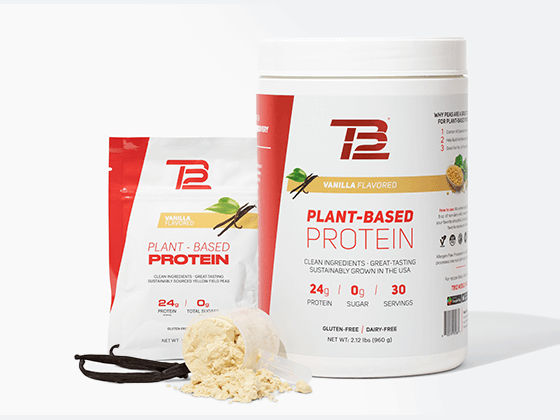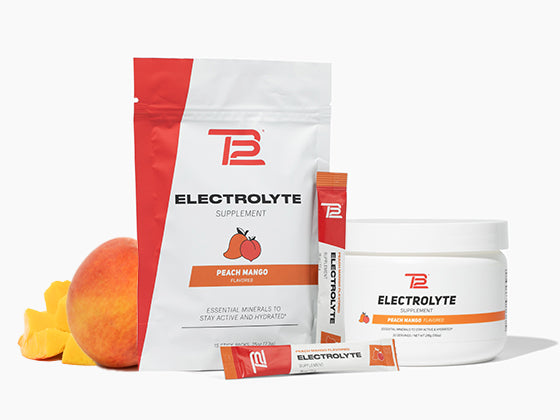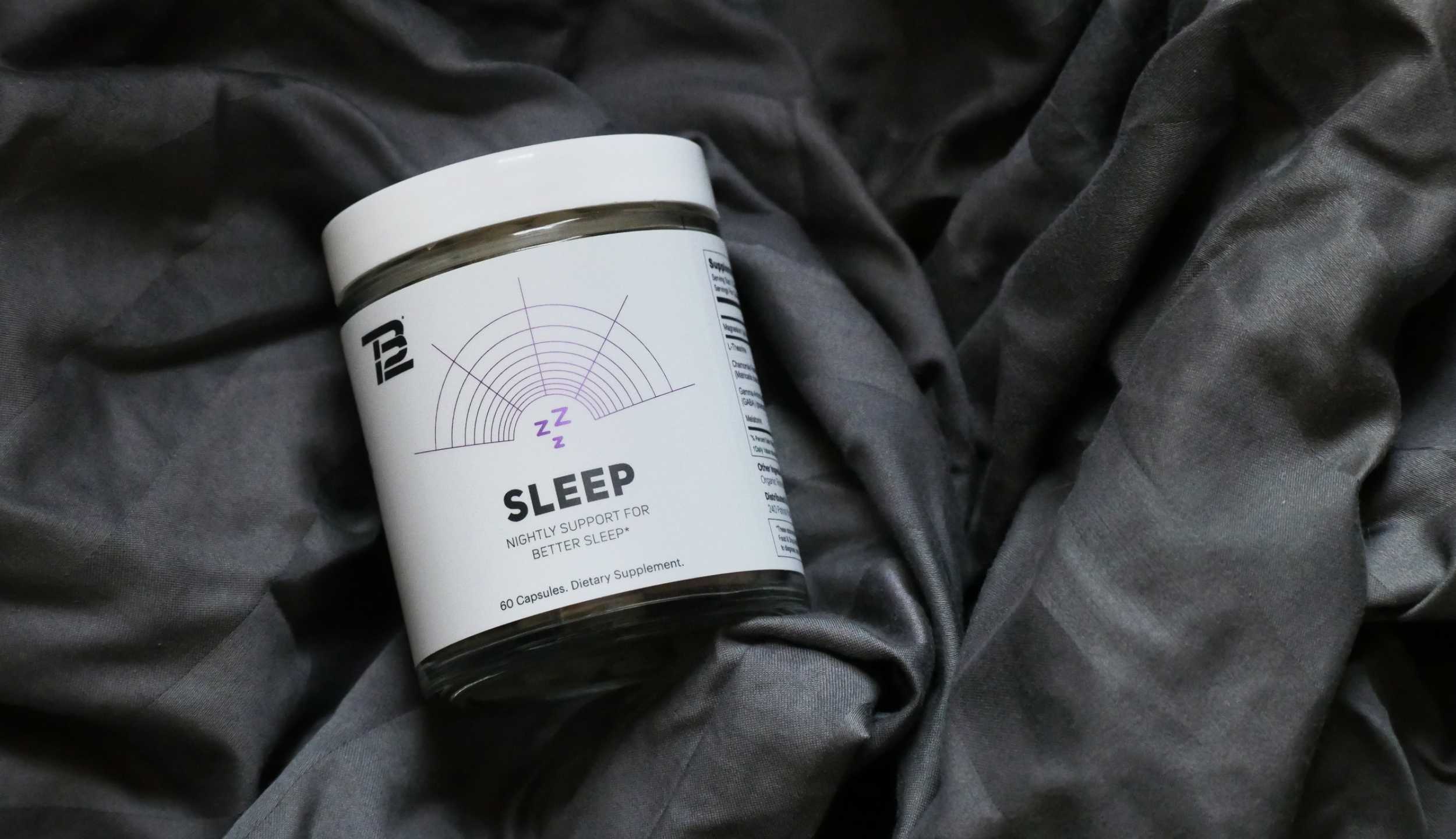
Tennis elbow is an inflammation based injury that can result in pain during activity, activity, and even everyday tasks. The TB12 approach via self-pliability, lifestyle modifications using the TB12 pillars, and ideally in person treatment can dramatically improve symptoms.
What Causes Tennis Elbow?
The medical term for tennis elbow is lateral epicondylitis, and it refers to the swelling and inflammation you might feel in the tendons near and around your elbow. The tendon that is most likely involved is called the extensor carpi radialis brevis, and this is the tendon responsible for flexing your wrist away from your palm.
While the name stems from the strain that can be placed on the elbow when doing certain strokes during racquet sports, this ailment can happen to anyone even if they don’t play sports. Frequent use of the hands from certain professions, overuse during exercise, or frequent use of hand tools can all lead to elbow pain.
What Are the Symptoms of Tennis Elbow?
Tennis elbow typically affects the dominant side of the body, but it can affect one or both arms. Symptoms include:
- Burning or pain on the outer elbow
- Stiffness when extending the arm
- Pain when twisting or bending the arm
- Weakened grip when holding items
- Swelling of the elbow joint that’s tender to the touch
How Are Tennis Elbow and Golfer’s Elbow Different?
Remember how tennis elbow is technically called “lateral” epicondylitis? Lateral refers to the outer part of the elbow, whereas golfer’s elbow refers to the medial epicondyle tendon on the inner part of the elbow.
People with golfer’s elbow generally have inner elbow pain that radiates down the arm. Like tennis elbow, even people who do not golf can get golfer’s elbow.
A doctor can help you figure out the difference by doing X-rays or magnetic resonance imaging (MRI) to show if there is damage to the tendons. Electromyography of the elbow joint might also show if nerve problems are causing pain.
TREATMENT OF TENNIS ELBOW
Tennis elbow is often a chronic condition that can be managed via simple, yet effective techniques. At TB12, we use the concept of pliability to treat tennis elbow. Unlike traditional physical therapy that focuses on symptoms of injuries, we focus on addressing the cause(s).
What Is Pliability?
Pliability works to essentially deload your muscles after overuse. By engaging in pliability exercises, you can help lengthen your muscles, reduce tension, and ultimately ease your tennis elbow symptoms.
Watch and Learn

Check out this video to learn how you can treat tennis elbow symptoms at home now. To reduce the tension, you’ll learn how to correctly perform targeted, deep-force muscle work on your arm and elbow. There’s a few ways to do it — you can ask a friend or family member to deliver the treatment, or you can treat yourself with the help of an assisted device like a TB12™ Vibrating Roller or Vibrating Sphere. Either way, you’ll feel relief that lasts.
More Relief
If you’re interested in reducing your body’s inflammation, which can also relieve discomfort from tennis elbow, check out our nutrition articles. The TB12 Method isn’t just about muscle treatment and injury prevention, although that’s a big part of it. TB12 also details nutrition best practices to help naturally reduce your inflammation and improve your overall sports performance
OTHER COMMON TREATMENT OPTIONS
Physical Therapy
Physical therapy is useful for giving you strengthening exercises and stretching exercises you can do to strengthen the forearm muscles and your grip. Working with a physical therapist can, in turn, alleviate pressure from the elbow joint to bring you relief and allow you to get back to the activities you love most.
NSAIDs
NSAIDs, or nonsteroidal anti-inflammatory drugs, work by getting in between nerve cells so pain signals cannot be sent to one another. This category includes ibuprofen, naproxen, and several other over-the-counter medications. This can be great for relieving the discomfort associated with sports injuries like tennis elbow. Corticosteroid injections can also relieve joint pain and inflammation when done by professionals.
But keep in mind that using medications won’t treat the underlying source of your pain – it will only provide temporary relief. For long-term relief, you’ll want to try out other methods.
PRP Therapy
PRP, or platelet-rich plasma therapy, is a non-surgical treatment that involves an injection. If you go with this treatment option, here’s what to expect:
A small amount of blood is removed, and platelets are separated from blood cells. From there, these platelets are injected back into the affected area. This is thought to accelerate the healing process and might be able to reduce the pain associated with tennis elbow. That said, there can be some discomfort associated with this method due to the fact that it involves needle injections.
Extracorporeal Shock Wave Therapy
Some sports medicine practitioners might also recommend a more novel treatment for tennis elbow. ESWT is a noninvasive treatment that delivers shock waves to the injured tissue at the tendons or joint. The idea is that this breaks up scar tissue, allowing blood flow to return to damaged areas to improve comfort. However, ESWT can be costly, and may be a bit more involved than other options available.
While all of the options mentioned above are conventionally used to address tennis elbow, they may not always be the best option. That’s where TB12 comes in.
Home Remedies for Tennis Elbow
If you have tennis elbow, you want to relieve your symptoms fast. You might feel pressured to choose between drastic measures and insufficient treatments, and traditional treatments may not be the right option for you. You know there’s only so much ice and rest can do, yet you don’t want to wear a tennis elbow brace for weeks or get a series of injections. So, try this at-home treatment for tennis elbow symptoms that really works.
With this method, you can minimize or even eliminate your elbow pain effectively. You’ll do it through at-home pliability work, which is deep-force body work that helps lengthen muscles to relieve tension, and actually improve their overall function. It’s not invasive and it doesn’t hinder your daily routine. Whether your symptoms are from racket sports or not, try this method. Pliability work really makes a difference, and you can start doing it today!
How Can You Prevent Tennis Elbow?
One of the best ways to treat tennis elbow is to prevent your tendons from becoming injured in the first place. This emphasizes the importance of pliability training and warming up before your workout sessions.
More often than not, a muscular injury occurs because your arm muscles are not adequately warmed up before being fully extended. Before you do any type of exercise, from playing tennis to lifting weights, you want to do active self-pliability to shunt blood flow to the working muscles and reduce the risk of injury. This is especially important before you play sports that require repetitive arm movements.
Wearing a splint when you’re using your arm can help prevent further damage, but these tend to limit your range of motion. Ask an orthopedic specialist or physiotherapist for advice about the best option for your individual case.
In Conclusion
Tennis elbow is a common injury that athletes experience, and it’s caused by strain and pressure placed on the tendons of the elbow. Despite its name, you can get tennis elbow even if you don’t play tennis.
Medical treatments like physical therapy, shock wave therapy, or PRP can be useful in treating tennis elbow and reduce pain. But often, tennis elbow is a chronic condition that requires lifelong remedies, so at-home treatments are always recommended when applicable.
The TB12 Method can help you prevent injury but also allow you to enjoy the sports and daily activities you love, even if you’re not feeling your best. Do what you love, longer by using healthy habits proven by Tom Brady.
Get started with some of his favorites today and start feeling, and performing, at your very best.
Sources:
Lateral Epicondylitis (Tennis Elbow) | Johns Hopkins Medicine
Tennis Elbow: What it is, Causes, Symptoms & Treatment | Cleveland Clinic
Platelet-Rich Plasma (PRP) Injection: How It Works | HSS
Sports medicine practitioners embrace benefits of extracorporeal shock wave therapy | Mayo Clinic





